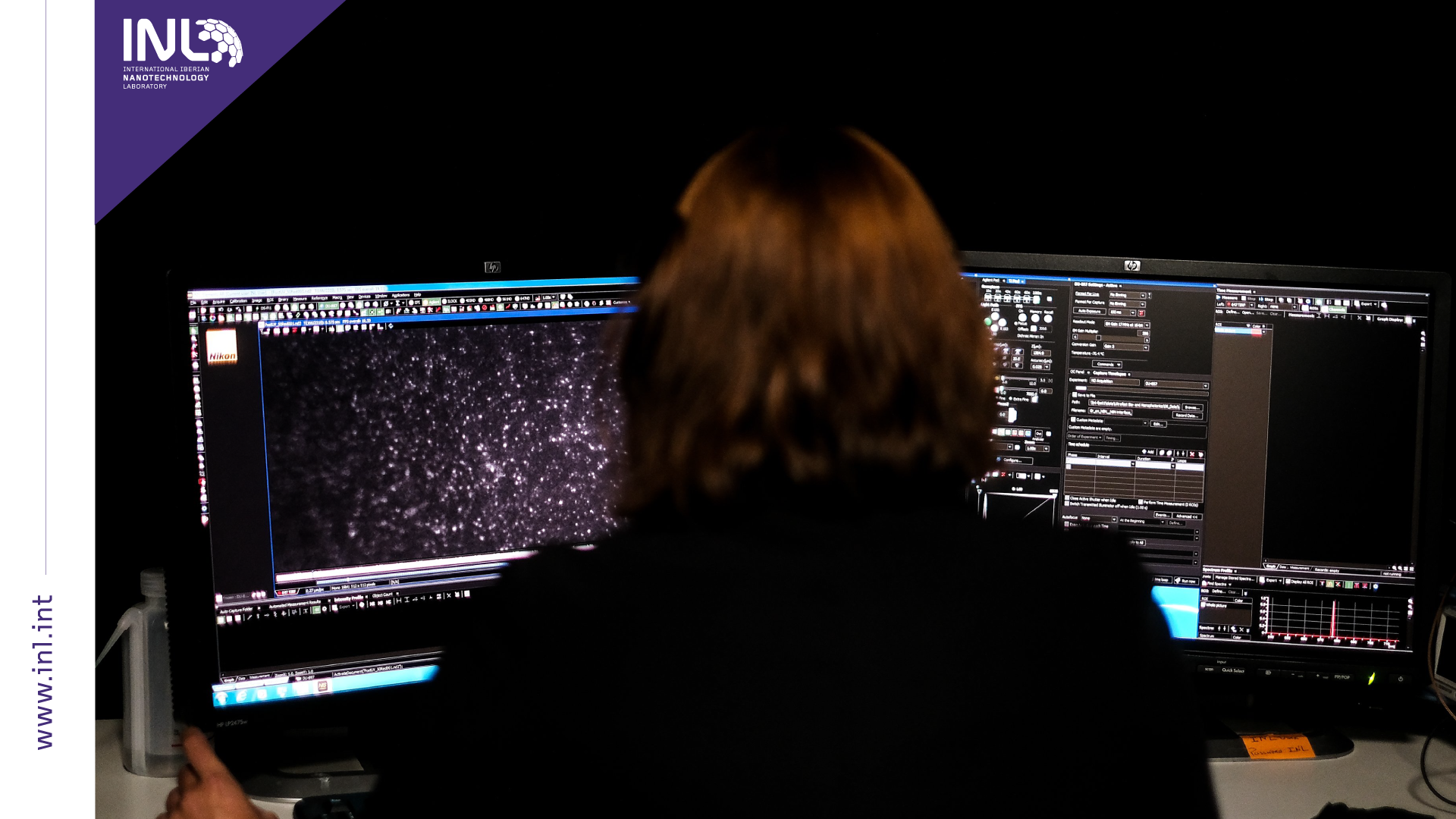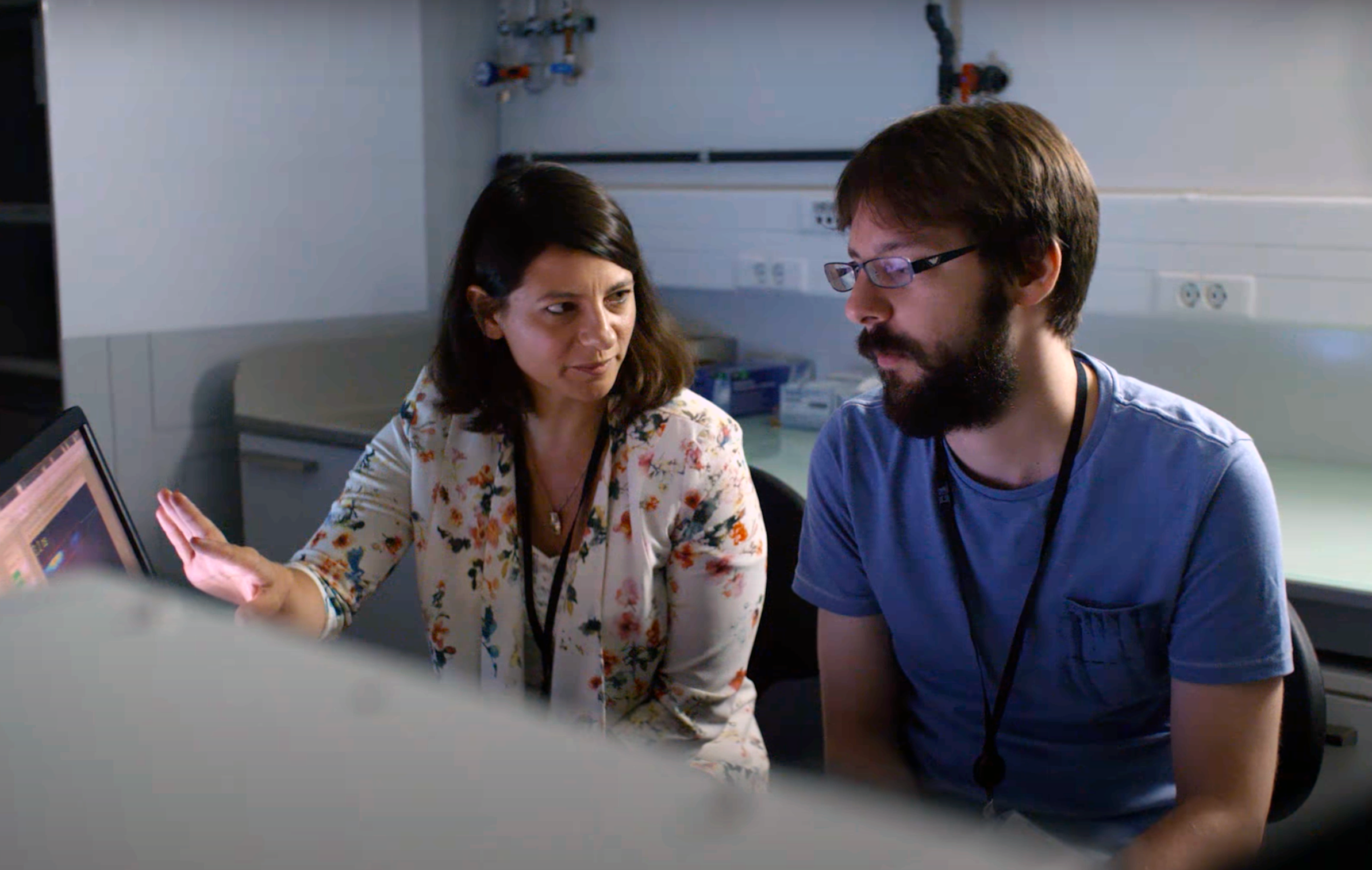
“Shine bright like a diamond” gains a meaning in Parkinson’s research
August 9, 2022
Parkinson’s disease is the second most prevalent neurodegenerative disorder in the world. Currently, there are more than one million people in Europe living with Parkinson’s, a disease that is affecting their and their closest ones’ quality of life. Parkinson’s disease is clinically characterised by progressive degeneration of neurons. The project Diamond4Brain aims to develop breakthrough technology to increase cellular and disease understanding.
Recently, medical researchers succeeded to grow small cellular mini-brains, known as brain organoids, in a lab dish. In parallel, physicists are reporting novel quantum sensing techniques, based on bright colour centres in diamonds.
The Ultrafast Bio- and Nanophotonics Research Group, in collaboration with ICVS/University of Minho and University of Aveiro, is carrying out frontier research to gain insight into Parkinson’s disease.
Multi-colour fluorescence images of SH-SY5Y cells incubated with nanodiamonds taken at a Zeiss LSM780 confocal microscope at INL; Left: SH-SY5Y cells with DIO (green colour); Middle: fluorescent nanodiamonds shown in red with their autofluorescence from the Nitrogen-Vacancy centres; Right: Merged image showing nanodiamonds interacting with cells.
“Diamond is composed of pure carbon in a crystal lattice. When you remove one carbon atom and replace it with a different atom – for example, nitrogen – you can give the diamond optical properties,” explained Jana Nieder, Ultrafast Bio- and Nanophotonics Research Group Leader. This altered diamond emits a unique fluorescent light signal that reveals precise information about its surroundings – particularly its temperature and magnetic field. “We realized that this could be really useful in the study of the brain,” she adds. “Neurons communicate via electric signals, and each electric signal is accompanied by a magnetic field. If we can get these diamonds close enough to the neuronal axons, we can pick up the magnetic signals.”
This empowering team is investigating the potential to use these “shining diamonds” to pick up electrical signals travelling along neurons. A deeper understanding of neuronal signalling in healthy compared to Parkinson’s disease models may offer new avenues for the development of improved therapies.
Diamond4Brain – Diamond Photonics Platforms for Synaptic Connectivity Assessment in Healthy and Parkinson Disease Neuronal Models obtained support CaixaResearch – Funding Programme: INICIATIVA IBÉRICA DE INVESTIGAÇÃO E INOVAÇÃO BIOMÉDICA – I4B.




